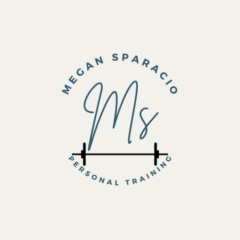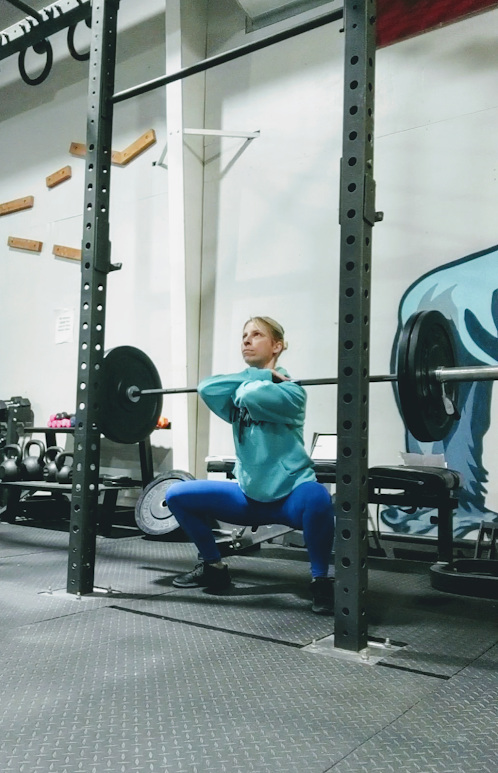Did you know that your abdominal muscles are just one part of your core? Your core is actually defined by the structures that make up your lumbo-pelvic-hip complex, including the lumbar spine, the pelvic girdle, abdomen, and the hip joint.
Your core is made up of three systems: the local stabilization system, the global stabilization system, and the movement system.
Local Stabilization System
Muscles that attach directly to the vertebrae. These muscles contribute to spinal stability by increasing intra-abdominal pressure, generating tension in the thoracolumbar fascia which increases spinal stiffness for improved neuromuscular contril.
- Transverse abdominis
- Internal oblique
- Lumbar multifidus
- Pelvic floor muscles
- Diaphragm
Global Stabilization System
Muscles attach from the pelvis to the spine. These muscles transfer loads between the upper and lower extremities, provide pelvis and spine stability, and stabilize and eccentrically control the core during functional movements.
- Quadratus lumborum
- Psoas major
- External oblique
- Portions of internal oblique
- Rectus abdominis
- Gluteus medius
- Adductor complex
Movement System
Muscles that attach the spine and/or pelvis to the extremities. These muscles are mostly responsible for concentric force production and eccentric deceleration during activities.
- Latissimus dorsi
- Hip flexors
- Hamstring complex
- Quadriceps
Why is it important to have a stable core?
Your core is the origin of all movement and where the center of gravity for your body is located. An unstable core during movement will not allow for optimal stabilization, force reduction, force production, or transference to occur throughout your body. An efficient core is not only vital for proper movement and balance throughout your body, but it is also important for injury prevention.
Strength vs. Stability
Do we want a strong core or do we want a stable core? Well, we want both. But often exercises that stabilize the core are underutilized and that can cause problems. If the musculature of your core movement system is strong, but the stabilization system is weak, your body will not be able to optimally use or transfer forces.
Strength exercises are not as efficient as isometric exercises at improving core stiffness. Stiffness is important for stability. When the muscles of our core contract, stiffness is created.
What is a strength exercise? A crunch, leg lifts, or side bend.
What is an isometric exercise? It is a hold. It is a static contraction of the muscle without visible movement. For example: plank, side plank.
About the Exercises in the Video
Deadbug
The dead bug exercise is a popular way to build core strength and stabilization. It especially targets the transverse abdominis and spinal erectors.
Mountain Climbers
Mountain climbers are a full-body exercise, which means it can get your heart rate up quickly. As you perform the move, your shoulders, arms, and chest work to stabilize your upper body while your core stabilizes the rest of your body.
Inchworm
This exercise helps strengthen the muscles of your anterior chain (the front half of your body) while stretching the muscles of your posterior chain (the back half of your body). What does this have to do with your core? If you do not properly engage your core, you will not be able to perform the exercise effectively with proper form.
Bird Dog
The bird dog strengthens the abdominal muscles, lower back, glutes, and quads while also challenging your balance which helps strengthen your stabilization system.
Side Plank
The side plank strengthens the oblique abdominal muscles, which are very useful as core stabilization muscles. It also activates gluteus medius.
Bear Shoulder Taps
Bear with shoulder taps challenges the shoulders, chest, core, legs, arms, and back. In trying to minimize movement in your trunk, you are working to strengthen your stabilization system.





